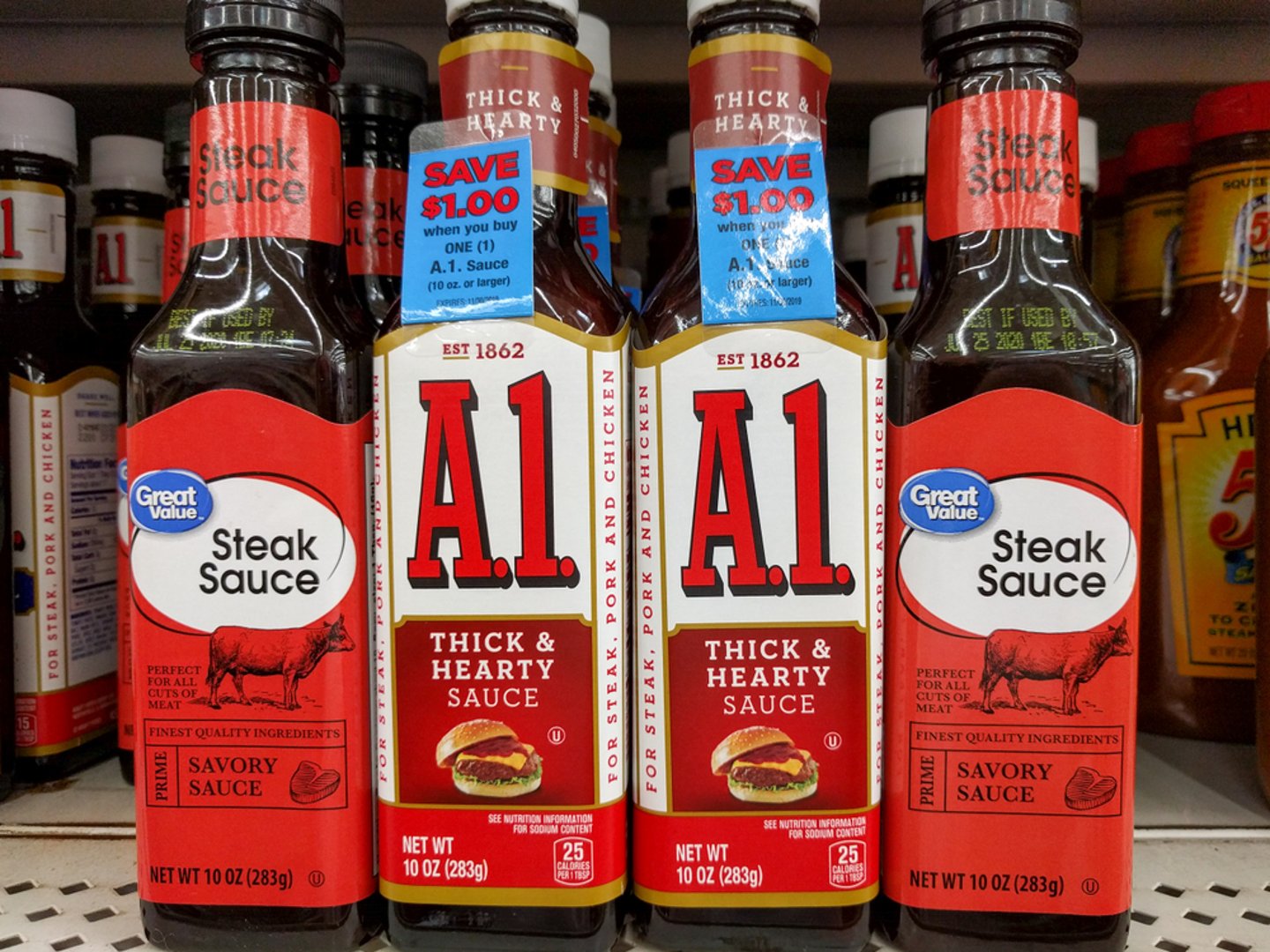Q&A: Placer.ai Details Consumer Focus on Value at Groceryshop 2023
In 2023, the grocery industry continued to face several challenges. Between the growth of discount retailers, club stores and dollar chains and ongoing inflation leading customers to change their shopping habits, the grocery market is as fragmented as ever.
At the Groceryshop industry event in Las Vegas, Store Brands spoke with R.J. Hottovy, head of Analytical Research at retail traffic firm Placer.ai to discuss the changing landscape, and how private label selections are playing a role in where consumers are choosing to shop.
Store Brands: How does Placer.ai’s data tell the story of retail better than other ways of measuring what's happening in the market?
Hottovy: I think there's a lot of other data sets out there obviously that can tell you a story. There's credit card data, there's other alternative data sets, but I think ours is the one that kind of tells you the most complete picture. We've got data that not only can tell you what's going on for a particular retailer, but for competitors, and also non-transactional (data). So we can understand what's going on for the supply chain with the visitation data. We can understand what's going on in terms of migration and how that might be impacting the retail category.
So I guess in summary, I think it's probably the most versatile data platform out there. Not only individual store levels… anything physical that is involved with a retailer. Even physical markets themselves, so cities, states, things like that.
SB: Based on your data, what channels have grown the most year over year so far, and who are emerging as the winners of 2023?
Hottovy: I think if we had to frame 2023, above all, it's been about value-conscious and price-sensitive consumers. We have certainly seen a gravitation toward the more value-oriented channels. So the winners this year have been dollar stores and value grocery and C-stores to some extent. In the middle of the pack has been more superstore and warehouse clubs.
It's almost kind of a waterfall effect with what we're seeing. The lower-income consumer, that's going to be zero to $60,000 in household income, we've seen that group trade down from superstores and warehouse clubs down into the value chains and dollar stores, C-stores, and buying grocery at the same time that middle-income consumer has started to trade down from high-end grocery and specialty retailers into the superstores.
SB: Does this explain the success of Aldi?
Hottovy: Aldi's done a very good job. Unit expansion has been part of it, but they're expanding visits per location. So not only are they growing, but they're also taking more share in the markets they're in.
And some of the new markets they've opened up, they've started going upstream a bit more too. So they've started going after instead of the under $50,000 in household income, they started going to the $60-70,000 household income and doing very well there as well.
And it's interesting too, I mean right now we're kind of in an environment where the way it's manifesting itself with consumers is they're shopping more grocery locations than they've ever shopped before, just as they seek out value. So they're going to their core store less often, but they're shopping around and trying to get the best deals for it. And so as a result, we've actually seen the average household income for almost every grocer we look at go down.
There's a consumer that, particularly for a high-frequency type of product, if you're giving a deal, consumers will flock to it. And the flip side, the same too. If you see a retailer raise prices, usually there's a pretty immediate pushback in terms of visitation points. I think price sensitivity and focus on value really defines the consumer in 2023. And it doesn't look like we're going to see any much change in the activity. We're going to continue to see that mindset back half the year.
SB: A lot of the retailers that you've mentioned, Walmart, Aldi, the dollar chains, a lot of them are expanding private label. Could you talk about the role that that's playing and how consumers are perceiving value?
Hottovy: It certainly plays along with the idea of value. We've done a correlation analysis looking at private label, the percentage of private label in your product mix versus visitation trends, and there is a positive correlation right now. Those with a higher private label mix are seeing higher visitation trends. And so I think that speaks to that value mindset we're seeing from consumers right now.
So it has a place, but I think it's overly simplified… the ones that are really winning are the ones that are doing a lot of innovation around the private label. So Aldi's done a really good job of this, Trader Joe's is a perfect example too. It's new flavor profiles, new packaging, new products on the private label front. So those are the ones that really seem to be winning. It's not just value, it's innovative value or disruptive value, however you want to characterize it.
SB: Is the trend of consumers seeking high value here to stay?
Hottovy: At least for the near term. Yes, food inflation has started to decelerate, but at the same time you've got rent inflation which is very high. You've got healthcare costs that are still up and now we've got student loan payments that are starting to kick in again too. Our data hasn't really seen much yet in terms of pressure with that, but again, we're only a month into the student repayments.
I think as we start to add it up, it's not just food inflation, that's a big part of it, but it's the compound of the fact that all these other cost pressures are really starting to add up. And so when you look at all that together, particularly among that lower- to middle-income consumer, I think we're going to continue to see this bias towards value retailers in the near future.




